Sustainable tourism has gone mainstream from being a niche concern, as people traveling tend to understand their impact on the world and communities. These places do not just talk about environmental sustainability – they’ve implemented it as the cornerstone of their tourism economy with an emphasis on conserving natural resources, investing in local economies, and making a positive contribution to inhabitants and guests.
It’s like finding somewhere where your wanderlust and your conscience can coexist in harmony. These are 16 destinations with the cutting-edge practice of sustainable tourism, but delivering some of the globe’s most unforgettable travel experiences.
Costa Rica
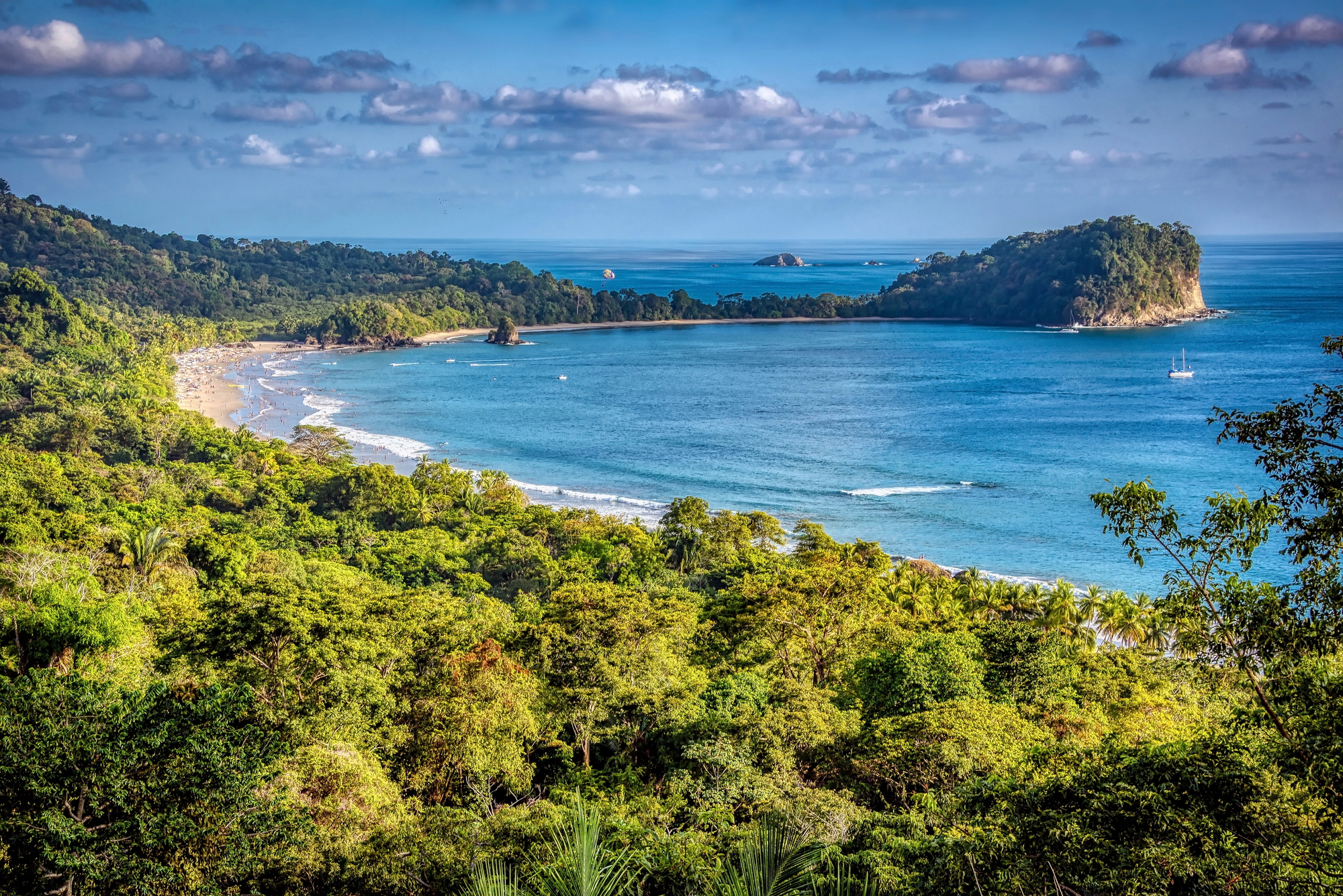
Costa Rica pioneered ecotourism and remains the world leader in sustainable travel practices. It generates over 99% of its electricity from renewable sources and turned around deforestation trends when it built a tourism industry that supports conservation directly. Visitors can stay in eco-friendly guesthouses that operate entirely on renewable energy, participate in wildlife research programs, and hike through national parks whose entrance fees are directly used for conservation.
Government leadership towards being carbon-neutral has set an example for the kind of tourism other countries eagerly study and adopt.
Norway
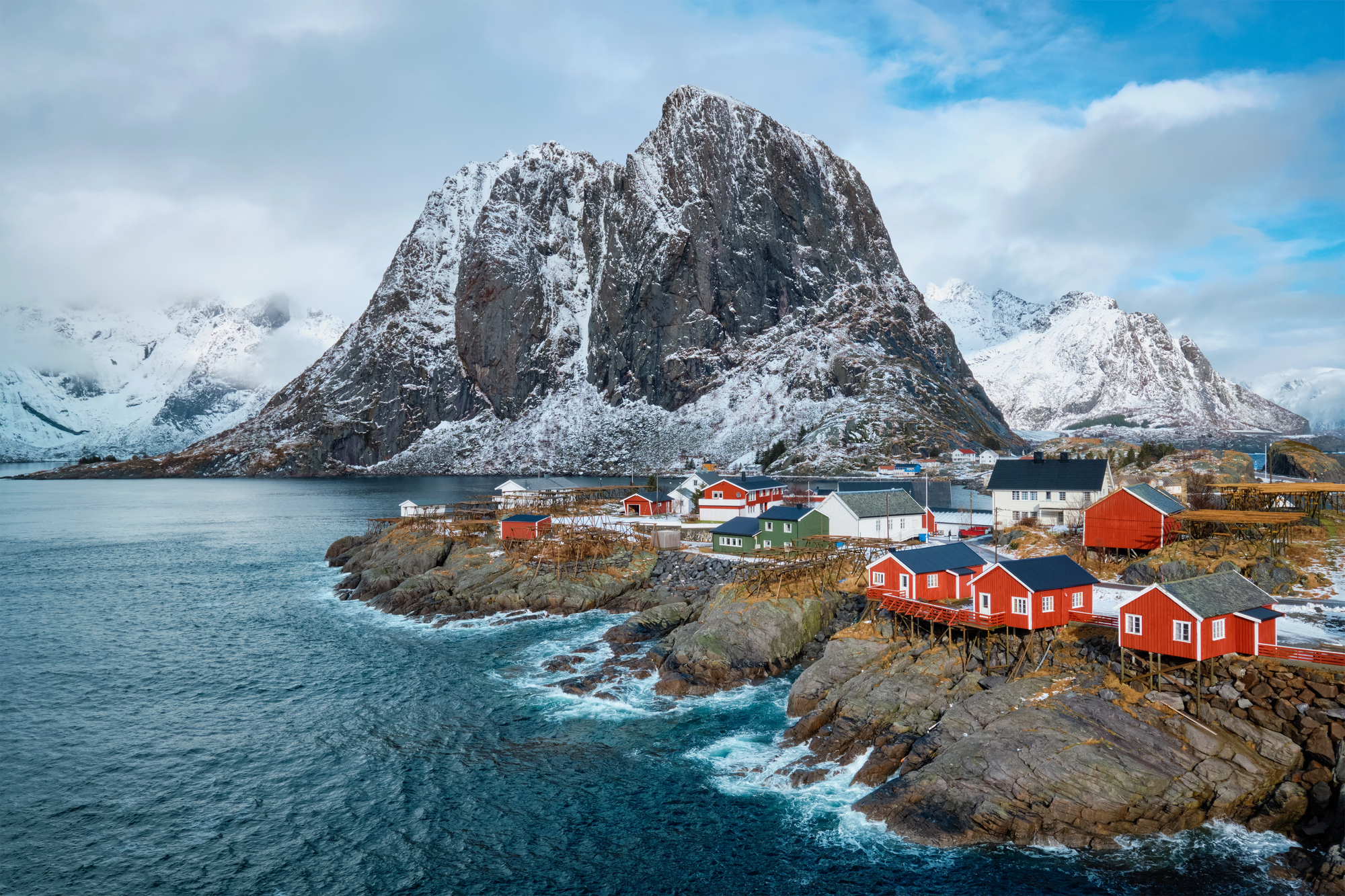
Norway’s sustainable tourism model blends cutting-edge technology with an absolute respect for undisturbed nature zones to create experiences with low environmental impacts but high cultural authenticity. Norway is a world leader in the use of electric vehicles, and most tourist destinations are served by electric buses, trains, and even electric boats.
There are eco-certified hotels that draw their energy from renewable sources, offer locally sourced cuisine, and implement zero-waste management. Norway’s ‘Leave No Trace’ principle extends to tourist infrastructure, where hiking trails and viewpoints are built to protect fragile environments while providing access to stunning fjords and the northern lights.
Bhutan
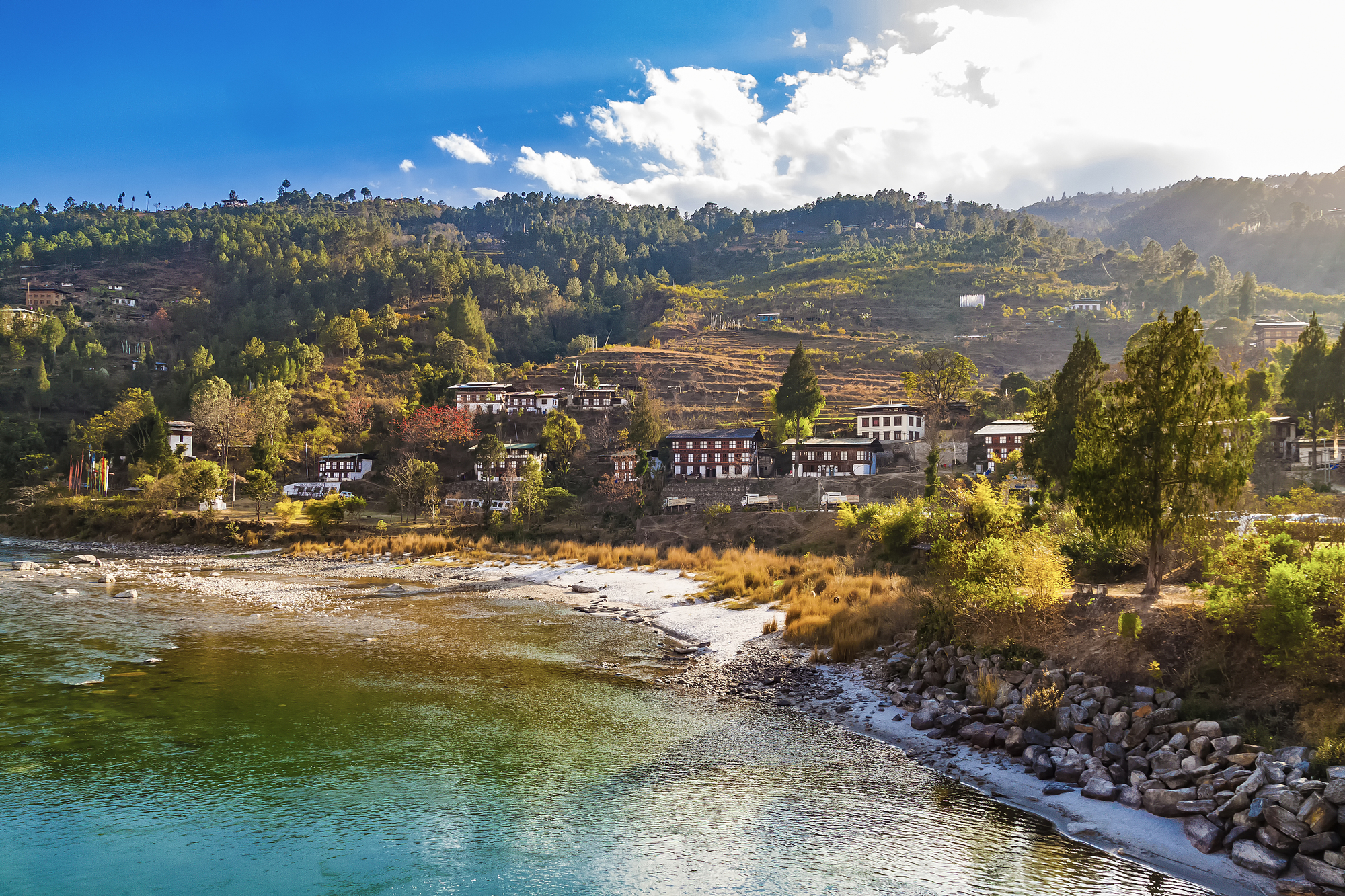
This Himalayan kingdom measures success through Gross National Happiness rather than GDP, creating a tourism model that prioritizes cultural preservation and environmental protection over profit maximization. Bhutan maintains a ‘high value, low impact’ tourism policy that limits visitor numbers while ensuring meaningful cultural exchanges and economic benefits for local communities.
The country remains carbon negative, absorbing more carbon dioxide than it produces, and tourism revenue directly funds education, healthcare, and conservation programs. Visitors experience authentic Buddhist culture while contributing to monastery maintenance, forest conservation, and traditional arts preservation.
Like Travel Pug’s content? Follow us on MSN.
New Zealand

New Zealand’s Tiaki Promise encourages visitors to care for the country’s natural and cultural heritage while providing world-class sustainable tourism infrastructure. The nation’s “100% Pure New Zealand” campaign isn’t just marketing – it’s backed by comprehensive environmental protection policies and tourism practices that maintain pristine landscapes.
Visitors can choose from carbon-neutral accommodation options, participate in conservation projects, and explore protected wilderness areas through operators committed to sustainable practices.
Iceland
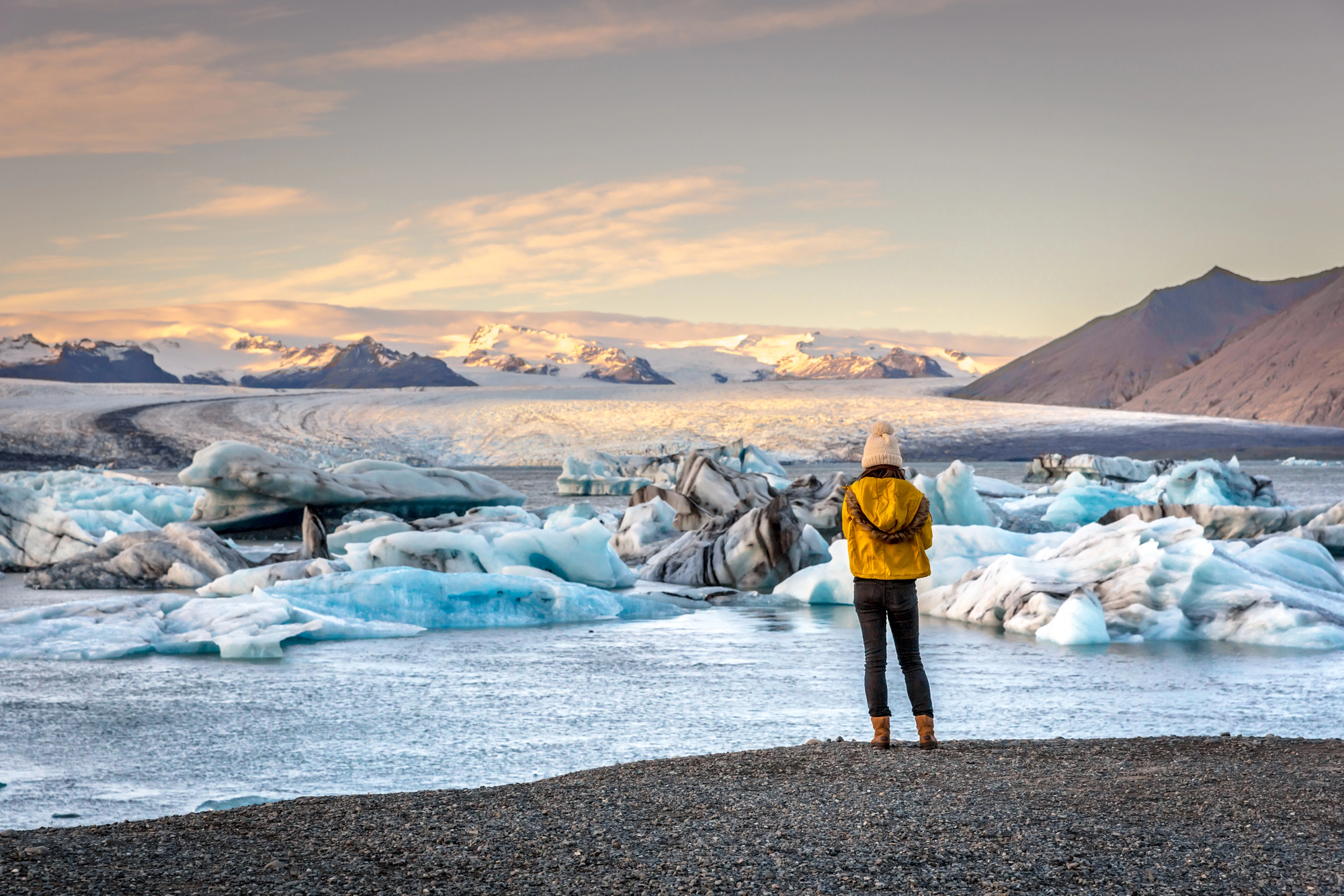
Iceland harnesses geothermal energy to power much of its tourism infrastructure, creating a model for how destinations can use natural resources sustainably while providing comfortable visitor experiences. The country’s Blue Lagoon and other geothermal attractions demonstrate how tourism can work in harmony with geological features rather than exploiting them destructively.
Visitors stay in hotels powered by renewable energy, eat locally sourced foods, and participate in activities like glacier hiking and whale watching that are managed to protect fragile ecosystems.
Slovenia
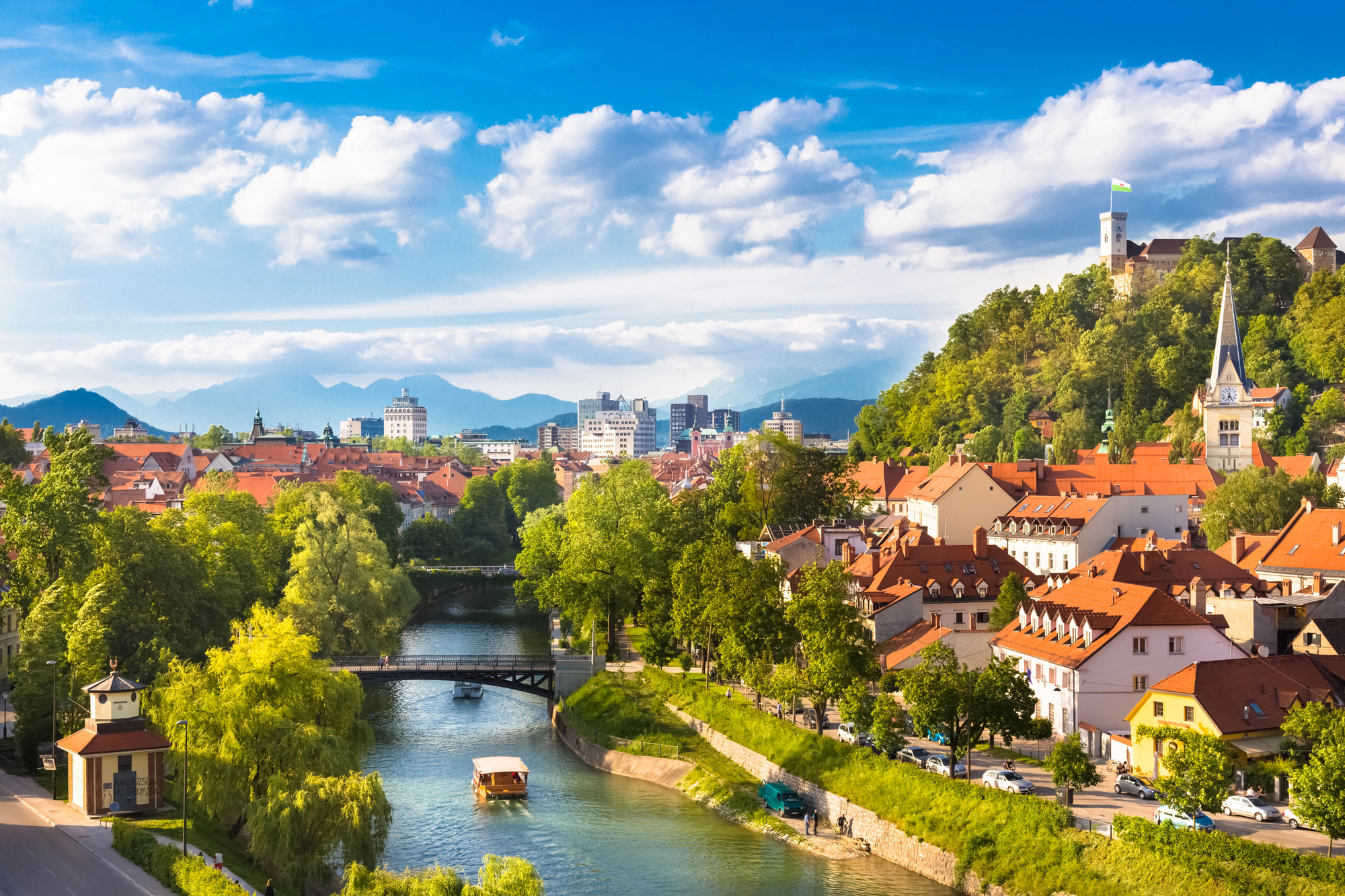
Slovenia has positioned itself as Europe’s green destination through comprehensive sustainable tourism policies that protect the country’s forests, lakes, and cultural heritage. The capital city, Ljubljana, won the European Capital of Culture award partly for its car-free city center and extensive green spaces that create pleasant urban environments without sacrificing accessibility.
Visitors can explore Lake Bled and Triglav National Park through certified sustainable tour operators who contribute to conservation efforts while providing authentic experiences.
Like Travel Pug’s content? Follow us on MSN.
Kenya

Kenya’s community-based conservancies demonstrate how sustainable tourism can provide economic alternatives to activities that threaten wildlife while creating authentic cultural experiences for visitors. Local Maasai and other communities manage wildlife conservancies that protect habitat while generating income through tourism activities like guided walks, cultural performances, and craft sales.
Visitors stay in eco-lodges that employ local staff, source food from nearby farms, and contribute directly to conservation efforts through accommodation fees. Kenya’s approach proves that wildlife protection and community development can work together when tourism revenue supports both conservation and local livelihoods.
Canada
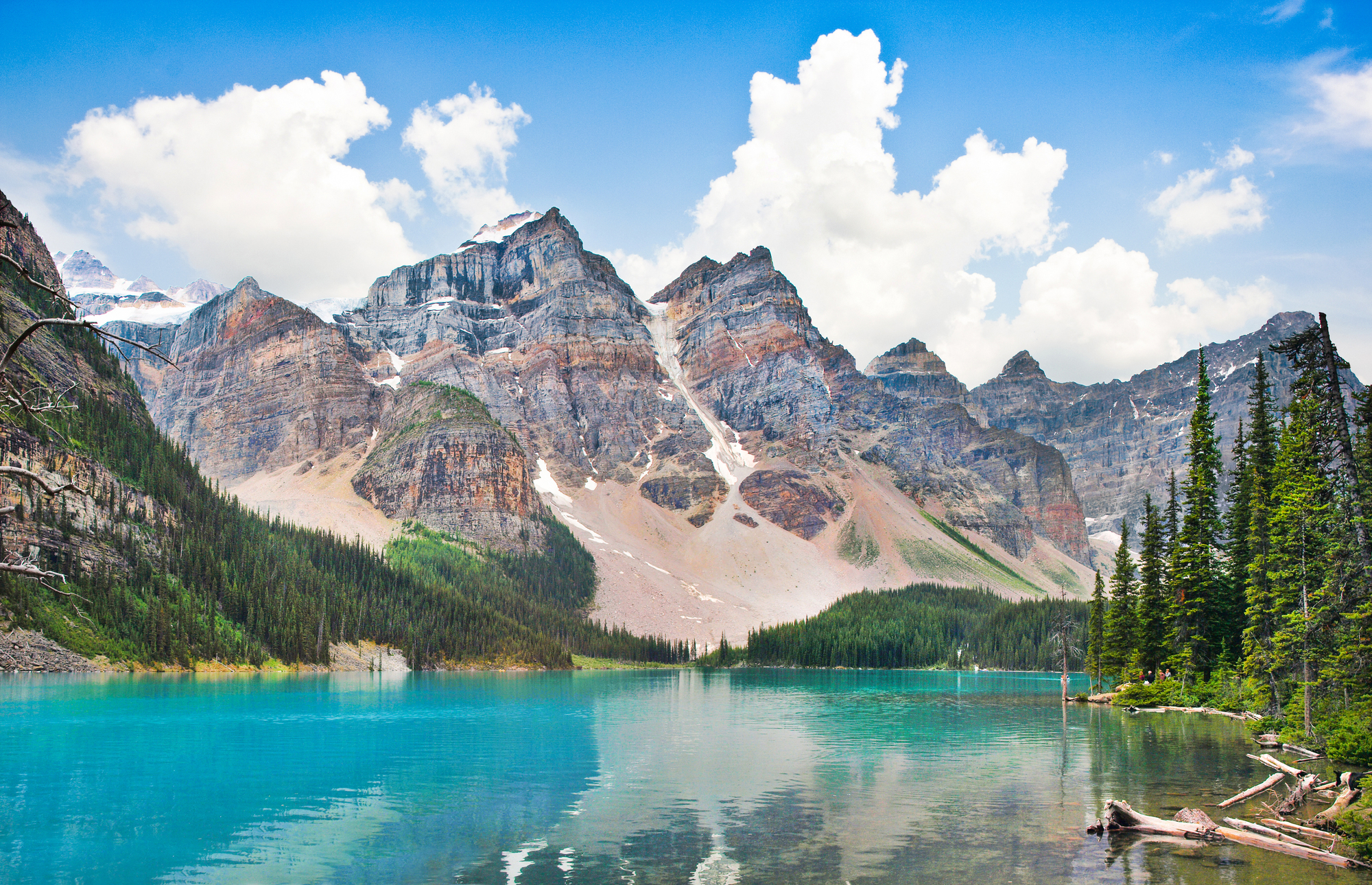
Canada’s vast wilderness areas are managed through sustainable tourism practices that balance access with conservation, creating opportunities for visitors to experience pristine nature while supporting environmental protection. The country’s national parks system includes eco-certification programs for tour operators and accommodation providers who meet strict environmental standards.
Visitors can participate in citizen science projects, stay in LEED-certified hotels, and explore wilderness areas through Indigenous-led tours that provide cultural education while supporting First Nations communities.
Portugal

Portugal’s sustainable tourism initiatives focus on preserving historic cities, protecting coastal environments, and supporting rural communities through responsible travel practices. The country’s Pousadas program converts historic buildings into accommodation that preserves architectural heritage while providing modern amenities powered by renewable energy sources.
Visitors can explore the Azores islands through certified sustainable tour operators who protect marine environments while offering whale watching and diving experiences.
Like Travel Pug’s content? Follow us on MSN.
Finland
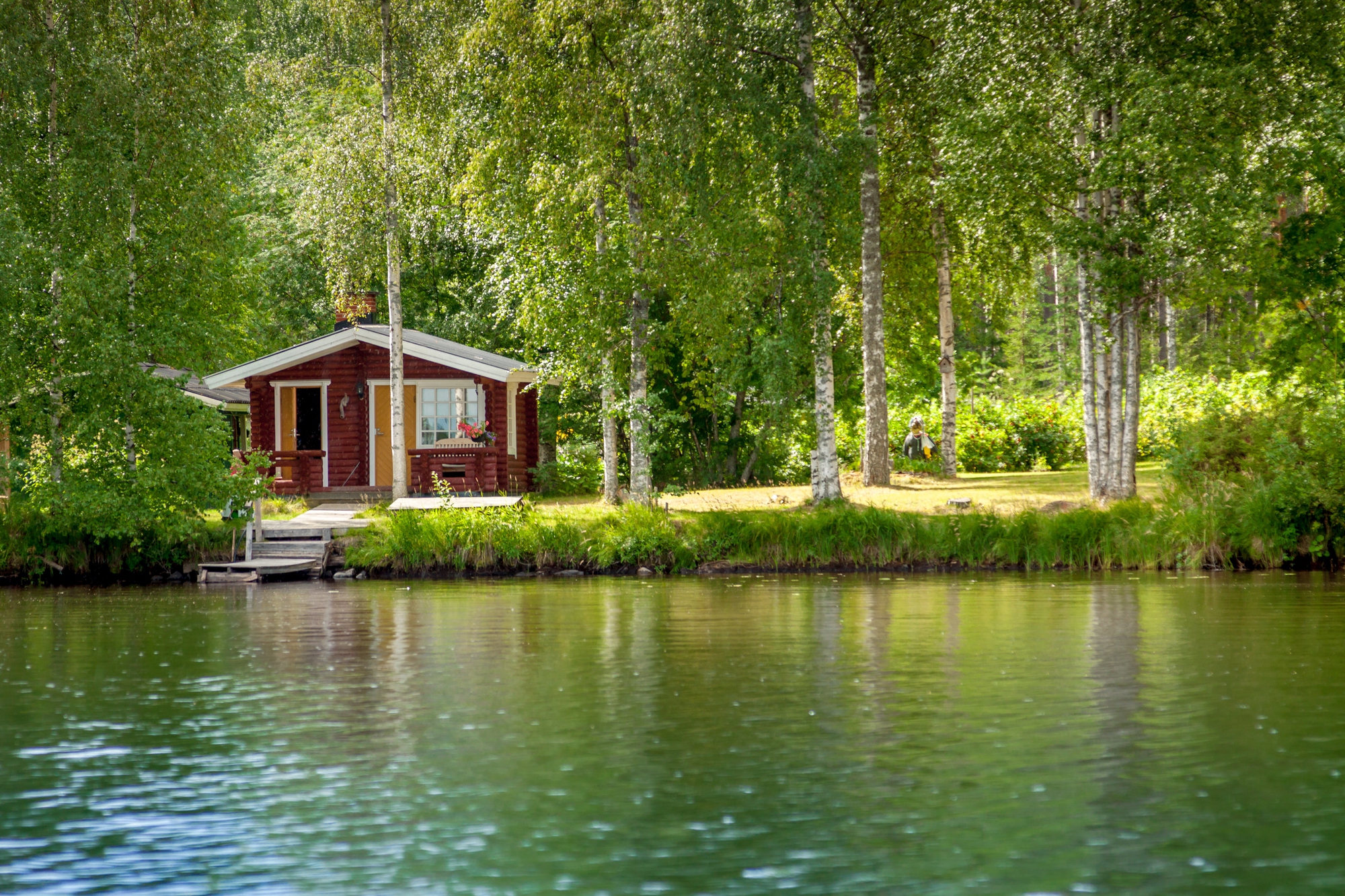
Finland’s approach to sustainable tourism emphasizes connection with nature through activities like forest bathing, sustainable berry picking, and responsible northern lights viewing that minimize environmental impact. The country’s national parks provide wilderness experiences through well-maintained trail systems and eco-friendly accommodations that operate with minimal environmental footprint.
Visitors can stay in traditional Finnish cabins powered by renewable energy, participate in reindeer herding with Sami communities, and experience authentic sauna culture that reflects deep connections to natural environments.
Rwanda

Rwanda’s remarkable transformation includes developing sustainable tourism that supports mountain gorilla conservation while empowering local communities economically. The country’s community-based tourism initiatives ensure that revenue from gorilla trekking directly benefits villages near national parks while funding anti-poaching efforts and habitat protection.
Visitors stay in eco-lodges that employ local staff, source food from nearby farms, and operate with minimal environmental impact in sensitive mountain ecosystems. Rwanda’s approach demonstrates how tourism can contribute to both conservation and post-conflict development when managed with long-term sustainability goals.
Denmark
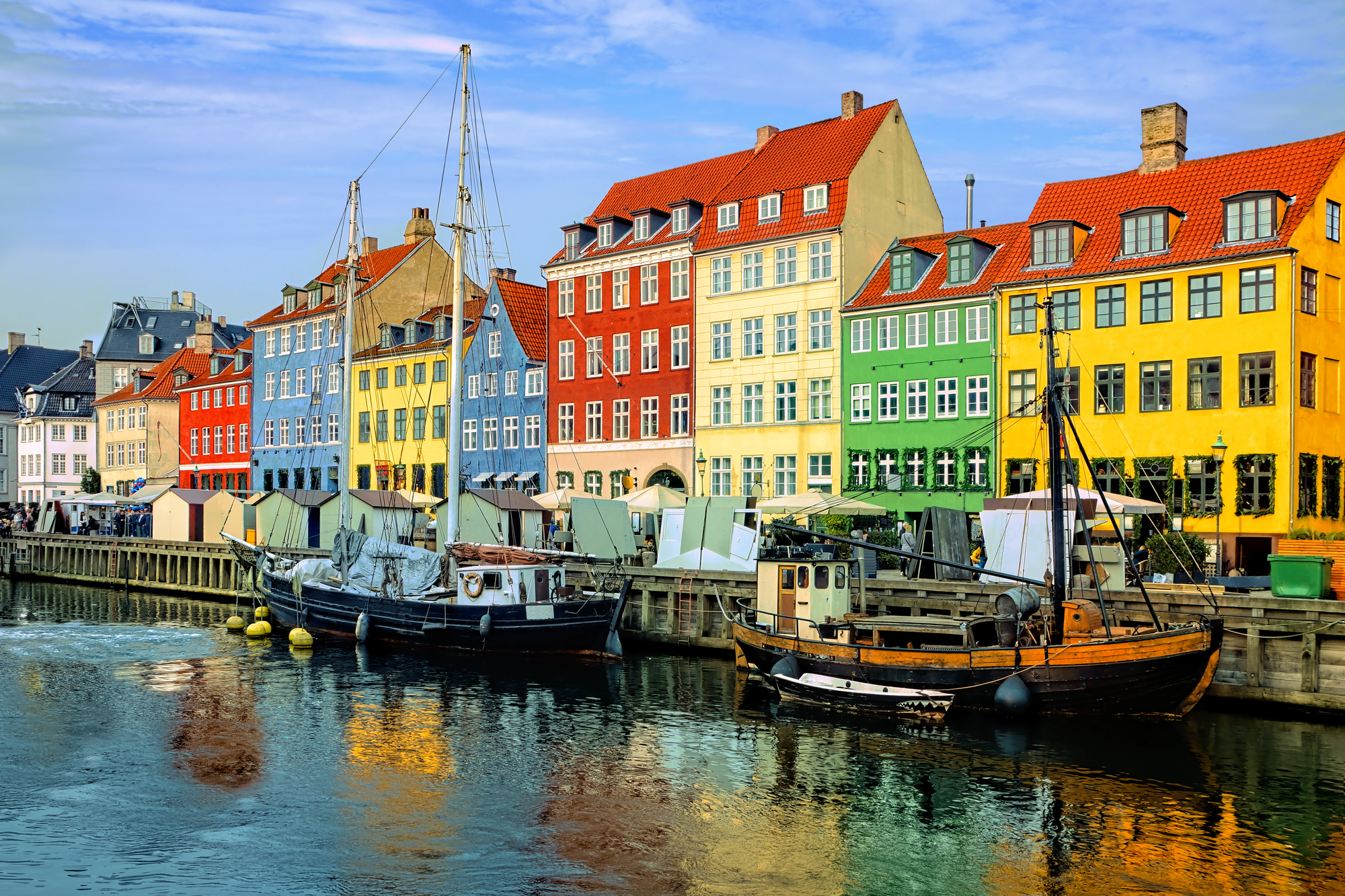
Denmark’s leadership in renewable energy and sustainable living creates tourism opportunities that showcase how societies can reduce environmental impact while maintaining a high quality of life. Copenhagen’s extensive bicycle infrastructure allows visitors to explore the city using sustainable transportation while experiencing Danish cycling culture firsthand.
Visitors can stay in eco-certified hotels, eat at restaurants committed to organic and locally sourced ingredients, and participate in urban farming initiatives that demonstrate sustainable food production. Denmark’s commitment to sustainability extends to rural areas, where visitors can experience organic farming, renewable energy projects, and traditional crafts that support local economies.
Like Travel Pug’s content? Follow us on MSN.
Palau
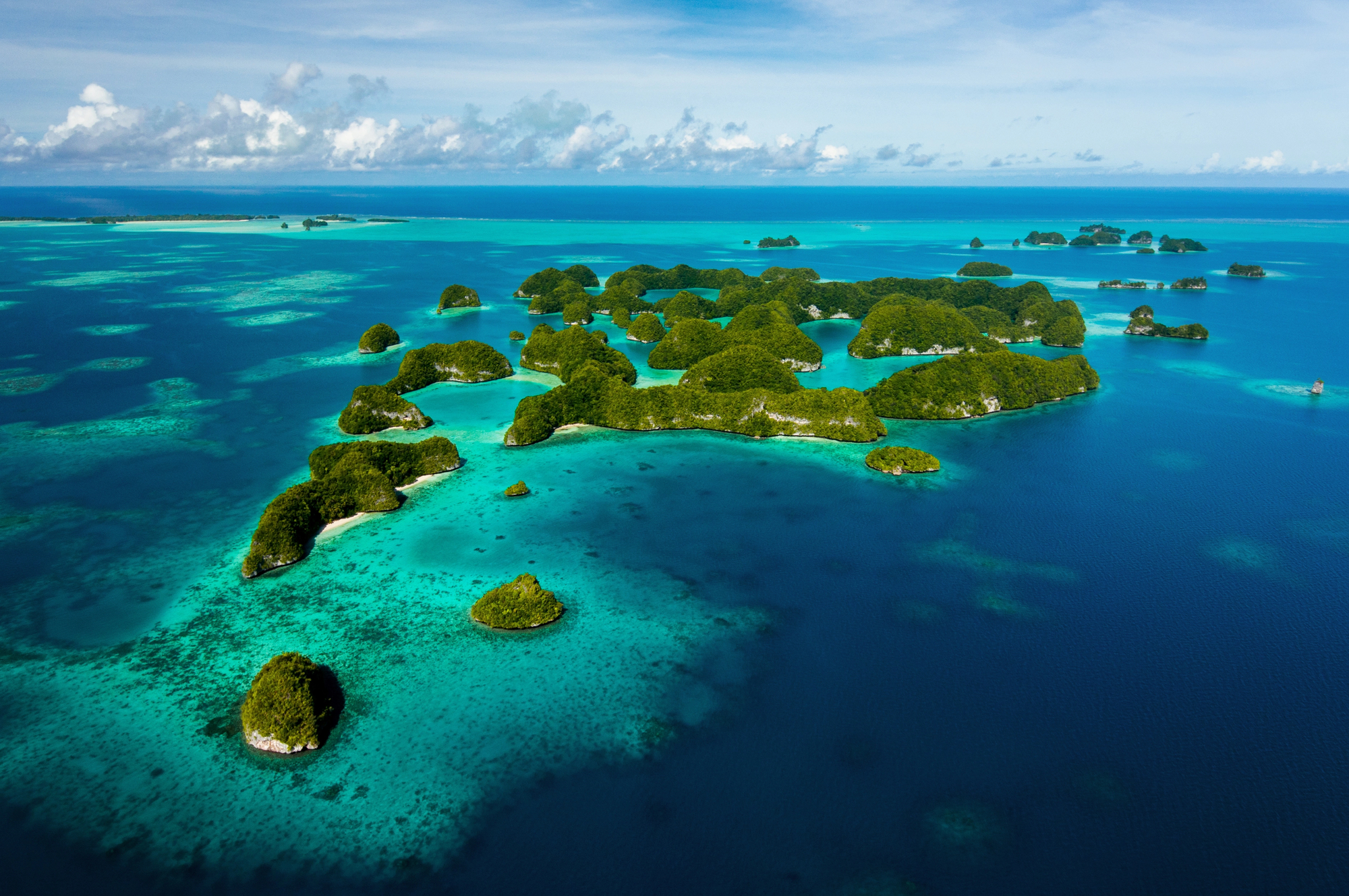
This Pacific island nation has created one of the world’s most comprehensive sustainable tourism frameworks, including the Palau Pledge that all visitors must sign, promising to act responsibly during their stay. The country has banned reef-toxic sunscreens, established marine sanctuaries that protect coral reefs and fish populations, and limited tourist numbers to prevent overcrowding of fragile island ecosystems.
Visitors experience some of the world’s best diving and snorkeling while contributing to marine conservation through accommodation and activity fees that fund research and protection efforts.
Switzerland

Switzerland’s sustainable tourism model combines efficient public transportation, renewable energy infrastructure, and conservation practices that protect Alpine environments while providing access to spectacular mountain scenery. The country’s extensive train network allows visitors to explore major destinations without rental cars, while mountain railways and cable cars operate using renewable energy sources.
Visitors can stay in eco-certified Alpine lodges, participate in traditional farming activities, and explore national parks through guided programs that educate about mountain ecosystems and climate change impacts.
Ecuador
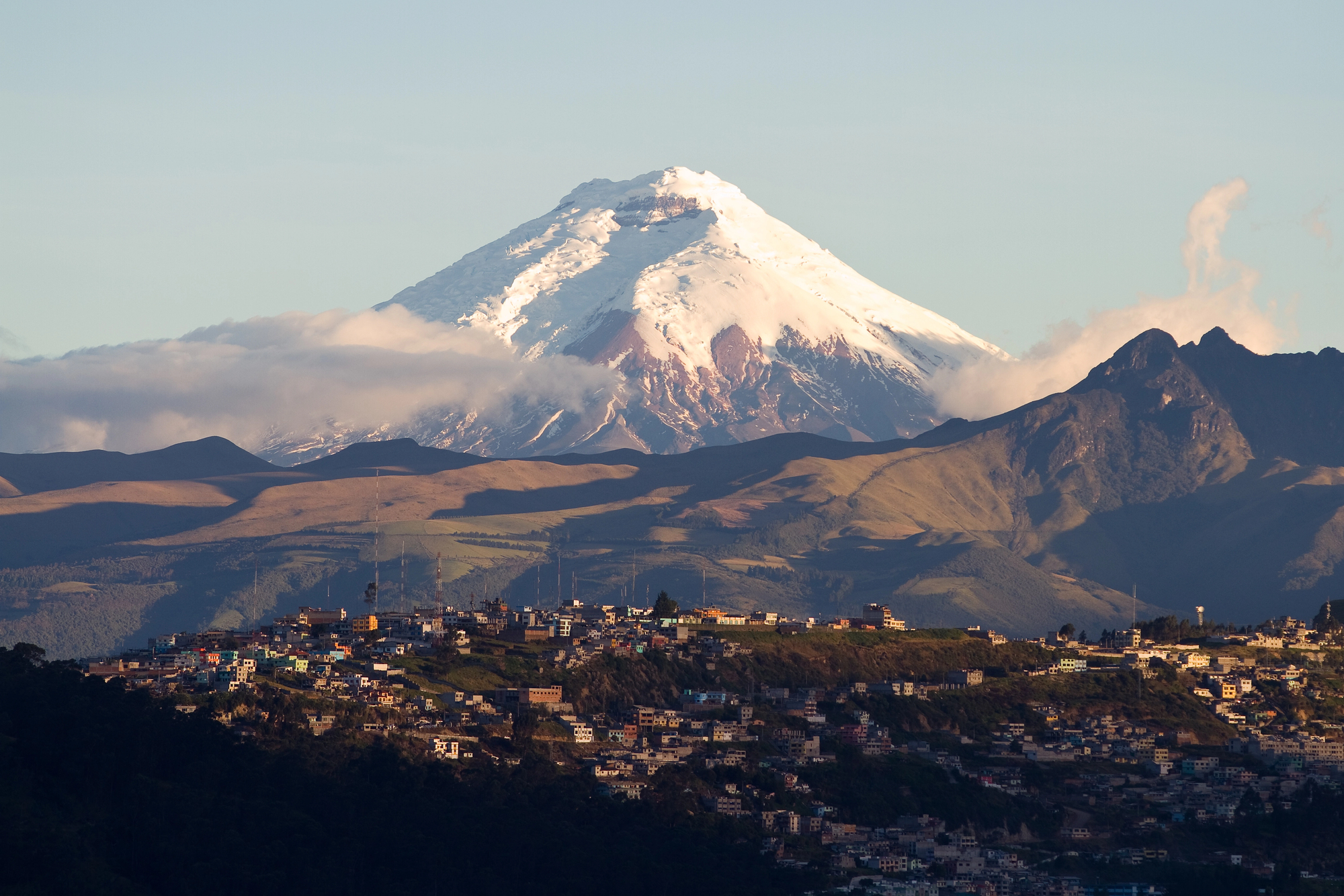
Ecuador’s sustainable tourism initiatives protect both the Amazon rainforest and the Galapagos Islands ecosystems while providing economic opportunities for indigenous communities and residents. The country’s community-based tourism programs allow visitors to stay with indigenous families, learn traditional practices, and participate in conservation activities that protect biodiversity hotspots.
Visitors can explore the Galapagos through certified operators who follow strict environmental guidelines while contributing to research and conservation programs that protect unique island species. Ecuador’s approach demonstrates how developing countries can build tourism industries that support both environmental protection and community development.
Like Travel Pug’s content? Follow us on MSN.
Botswana
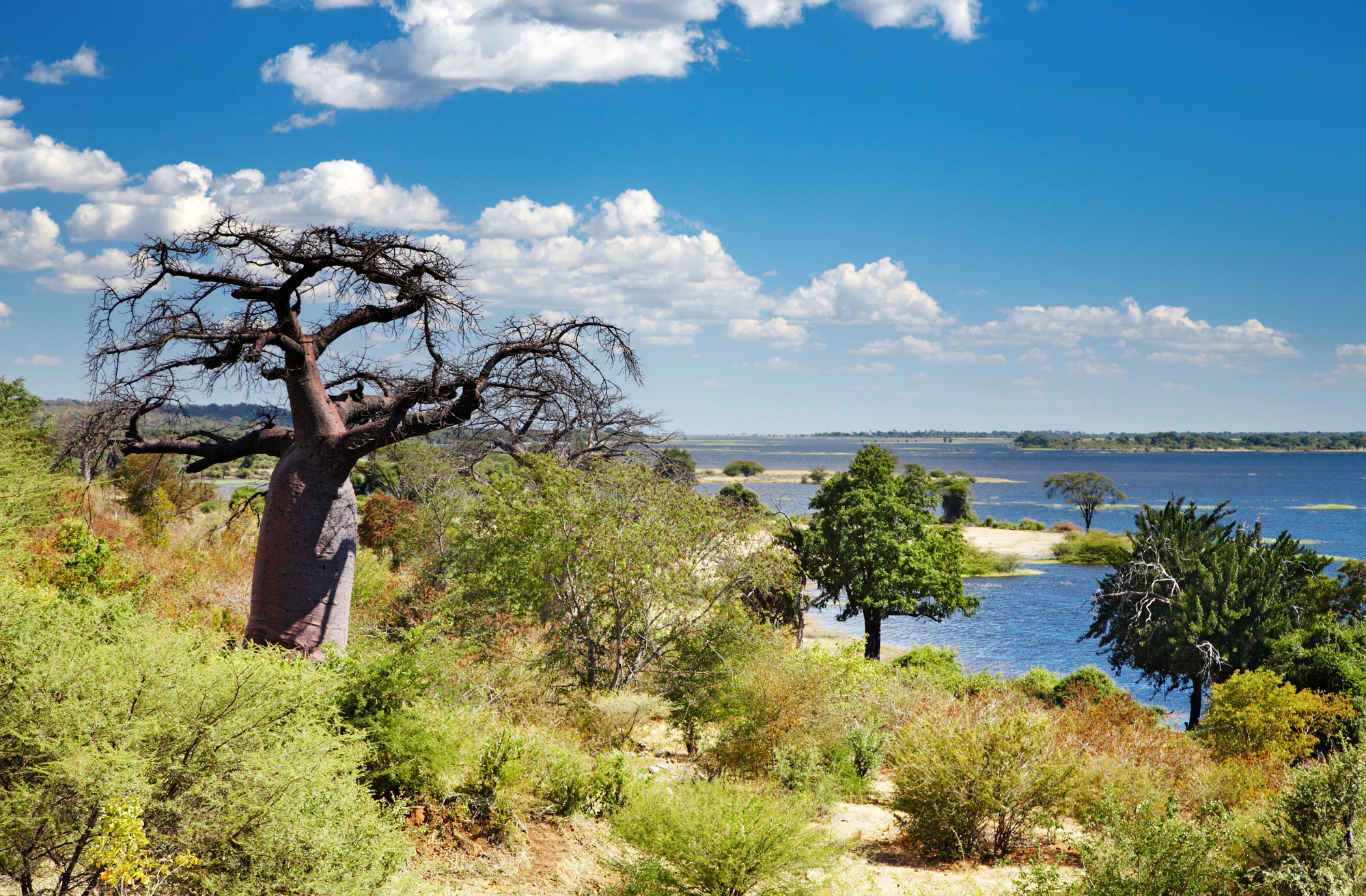
Botswana’s high-value, low-impact tourism model protects the Okavango Delta and other pristine wilderness areas while providing significant economic benefits to local communities. The country limits tourist numbers through premium pricing that ensures quality experiences while generating substantial conservation funding and community revenue.
Visitors stay in eco-lodges that operate with minimal environmental impact, employ local staff, and contribute to community development projects through accommodation fees. Botswana’s approach to wildlife tourism demonstrates how African countries can balance conservation with economic development through carefully managed sustainable tourism practices.
Tomorrow’s Travel Today

These destinations represent the future of travel, where environmental responsibility and authentic experiences go hand in hand rather than competing against each other. They’ve proven that sustainable tourism isn’t about limiting enjoyment or comfort – it’s about creating deeper, more meaningful connections with places and people while ensuring those connections can continue for generations to come.
The innovations and practices developed by these pioneering destinations provide blueprints that other locations around the world are beginning to adopt and adapt.
More from Travel Pug

- 20 Best Beach Towns in the Carolinas
- 13 Destinations Where Tourists Regularly Regret Their Trip
- 20 Destinations That Are More Magical Without an Itinerary
- 20 Underrated Adventures That Belong on Your Travel List
- 20 Cities Where You Should Just Wing It, No Planning Required
Like Travel Pug’s content? Follow us on MSN.
